Salt Lake to Christchurch to McMurdo
Four previous seasons on the Ross Sea in Antarctica have replaced the excitement of new experiences with a bit of dread for the intense stress of the travels ahead. I knew all too well what the long flight from Los Angeles to Auckland was going to be like, and with our flight to “the Ice” scheduled for the next day after our arrival in Christchurch, I knew that the next 48 hours weren’t going to involve much sleep. The flight out of Salt Lake was simple as always, and I met up with Steve and Jurek at the gate for our international flight in LA, but that was the end of the simple part. We learned that our connecting flight out of New York was delayed, and we wouldn’t fly out until 2:30 AM instead of 11:30 PM. The economic downturn has impacted this leg as well, with big Boeing 747’s not being required, and instead a smaller Airbus A330 was our aircraft (330 passengers vs. 524). I admit to a little trepidation about flying a twin-engine aircraft across that much ocean, but no one else seemed very concerned. I am sure that the seats were tighter than ever, as I could never flatten out my shoulders for 13.5 hours. I only remember nodding out over one movie on the Quantas seat-back theater, so I caught up on new releases as I became sleep deprived. In Auckland we learned they were briefly holding our connecting flight to the South Island, so a sprint from the International Terminal to the Domestic ensued- just what you need after sitting immobilized for half of a day! We arrived in Christchurch, and found a very different city from the one we knew so well as the result of the February 22nd 2011 earthquake.
During the meet-and-greet at the airport we learned that moments before we landed a Richter 4.8 magnitude aftershock has just occurred, and our Kiwi hosts stressed the new procedures for Antarctic travelers concerning how to respond to another tembler. It turns out the NSF sent down seismic engineers to assess all the accommodations we had available for their seismic stability, and none that we used to stay in at the city center were being utilized. After turning in very early for New Year’s Eve, we decided to walk downtown to see what had happened to the city. On the way it became apparent that the historic buildings had fared poorly, being made of unreinforced masonry and stone. Several churches and schools we remembered had been severely damaged and were only patched up to keep out the elements until repairs could be made in some distant future. But what surprised and shocked me the most was what had happened downtown. This vibrant, busy place is now fenced off, filled with badly damaged buildings, piles of rubble, and a few scraped-off blank spots. The famous square is inaccessible, and five-star motels still have furnishings in the rooms, with broken windows letting in the rain. The best description would be post-apocalyptic. The images below are a few that show how the city looks right now. Several landmarks we were very familiar with were missing. But in a typical Kiwi solution, numerous shipping containers have been cleverly modified into bomb-proof mini-shops and are beginning to become widespread.
Click on the images below for a larger version.
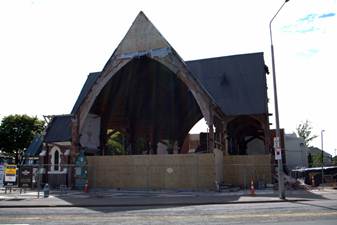 |
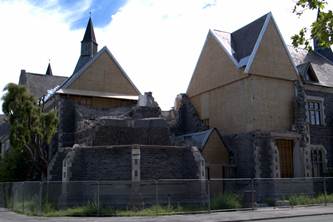 |
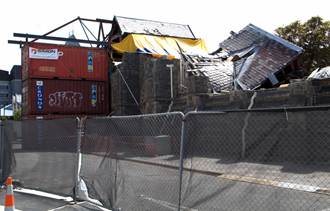 |
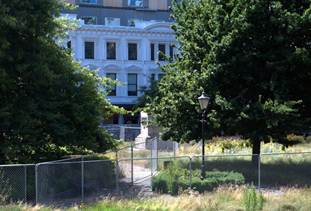 |
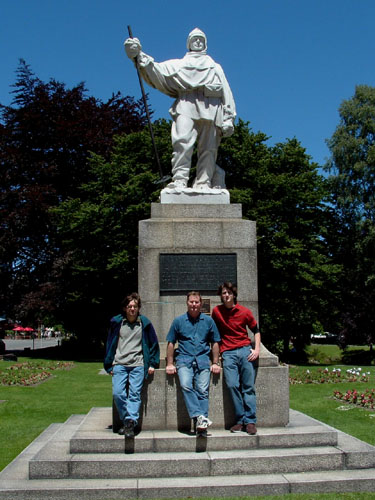 |
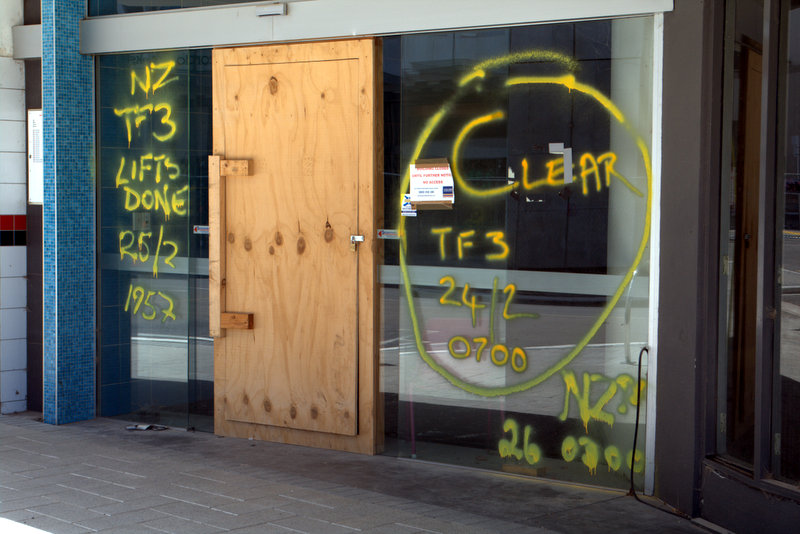 |
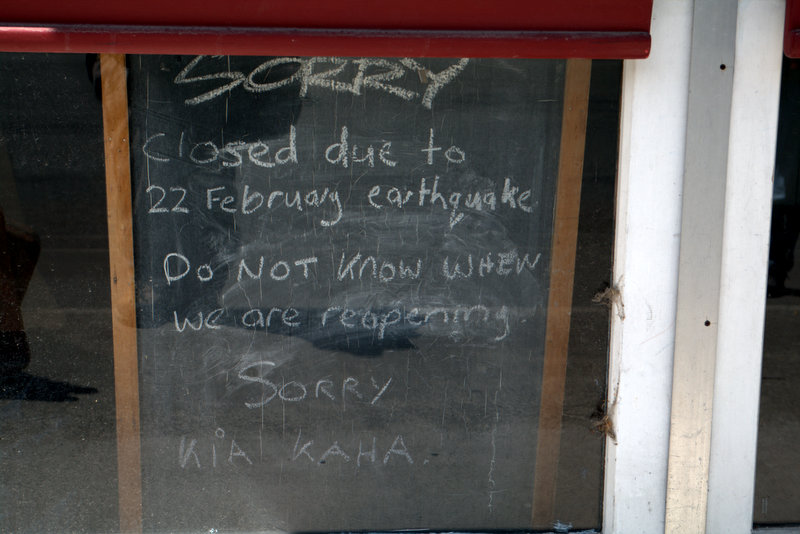 |
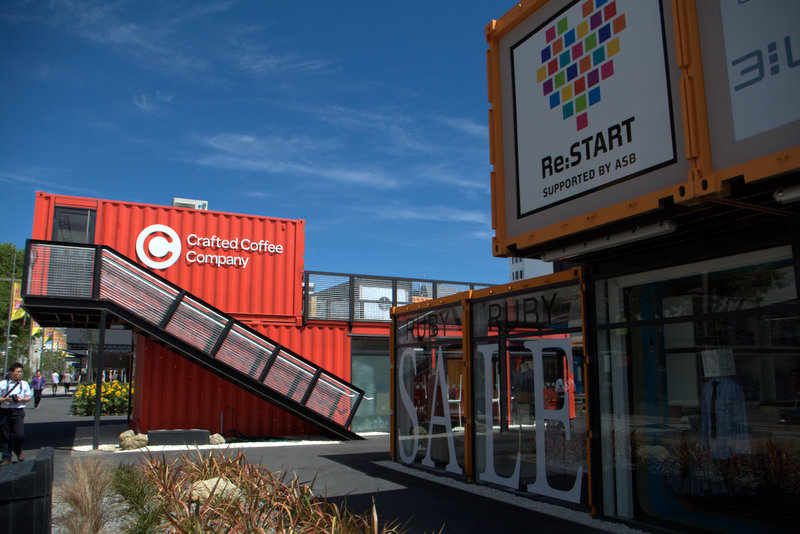 |
Above: Images of earthquake damage in Christchurch: churches, schools, and other historic buildings. The base of Scott's statue is all that remains of the landmark we used to start every trip South. Search and rescue marks on buildings remind of the somber task of looking for the dead and injured, and other signs show the economic impacts of such an event. Finally a Kiwi solution to seismically stable mini-stores.
Departure for Antarctica
We returned to our hotel to await the Super Shuttle back to the CDC (Clothing Distribution Center) to get ready for our flight south. I had learned from Jurek that the reason for our evening schedule was not from logistics, but instead because beginning last season the ice runway has become too soft midday to land the big birds during the summer. These giant jets require a solid surface for their wheels to be supported, and now daytime temperatures are rising high enough to soften the surface of the ice enough to cause trouble. The C-17s are now flying at night so they will arrive during the coldest part of the morning (still daylight because McMurdo is well within the Antarctic Circle, but sun angles are lower during nighttime hours). There are few more profound evidences of the impact of rising CO2 concentrations on our planet than this, since the ever more efficient greenhouse gas blanket is now trapping enough heat to soften ice that has been rock-solid for tens of thousands (millions?) of years.
As we arrived at the CDC we learned that there were also visibility issues at the Pegasus Airfield in Antarctica, and we would be delayed further while we waited to see if conditions improved. We also learned that a flight the previous week had been boomeranged- meaning they had turned back on the way and had to return to Christchurch to try again the next day. We tried on all our cold weather clothing, repacked our bags for flight, and cooled our heels as we waited for a 10 PM weather update. Since conditions seemed to be improving we were loaded onto the buses and then finally onto the plane by 11:30. After concluding the pre-flight work that goes into getting these massive ships into the air, we took off shortly after midnight. Several thoughts crossed my mind- one is that we wouldn’t arrive in McMurdo until around 6 AM after another very uncomfortable night, and another was that on the way we would fly out of night and into continuous day as we neared the Antarctic Circle. On our last trip down in 2010 we enjoyed a section of regular airline-style seat rows that were fitted into the C-17, but this ship was set up to carry a lot of cargo so we were seated along the sides in sling seats- not a terribly comfortable way to get some sleep. I kept checking the portholes for light, and after ~3 hours they began to glow. I looked out over an unbroken cloud deck in gorgeous low-angled sunlight. An hour or so later I saw Coulman Island pass by to port, so I asked the one of the cargo crew if I could go up to the flight deck. A flight crew member generously offered me his window seat and once again I was gazing over the stunning scenery of the Victoria Land Coast. I was somewhat surprised to find how well I knew the landmarks from our years of work down here, and the geography felt as familiar as Utah (in some ways more so- some areas of Utah are very confusing to figure out from above!). I looked down on the dramatic twin summits of Mount Murchison- still unclimbed as far as I have been able to determine. I watched our approach to Mount Melbourne and Terra Nova Bay as we crossed above glacial tongues we had flown over numerous times in helicopters. Finally I grudgingly thanked the flight crew and returned to cabin so others could check out the view. Within another hour we were on the ground, loaded up into Ivan the Terror Bus, and enduring the hour-long grind across the Ross Ice Shelf to McMurdo. We were assigned our dorm rooms, picked up bedding, and made it to the galley in time for breakfast. Now we have several days of in-briefs, refresher courses, meetings, and logistics to get set up for field work. With any luck we’ll get out for some shakedown day trips late this week, and be ready for serious field work next week. Stay posted for additional updates as the season develops.
Click on the images below for a larger version.
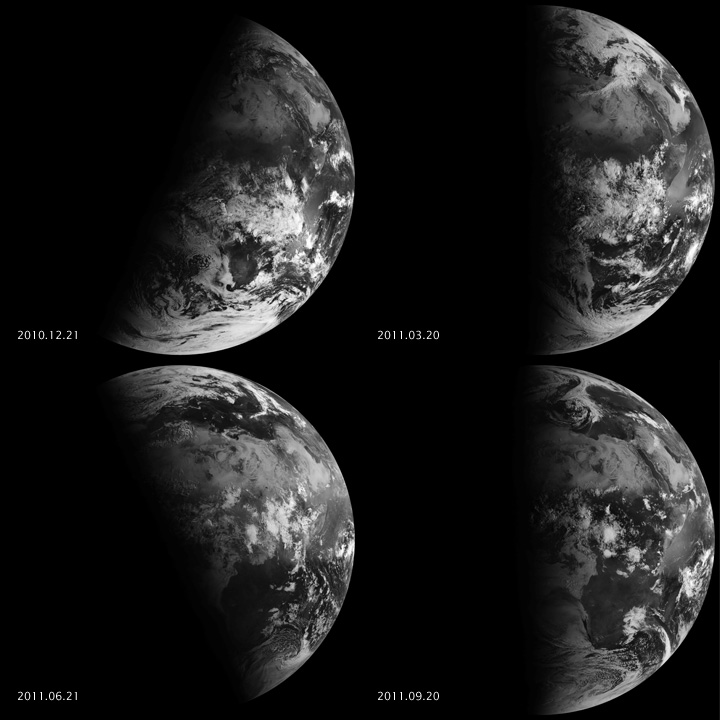 |
 |
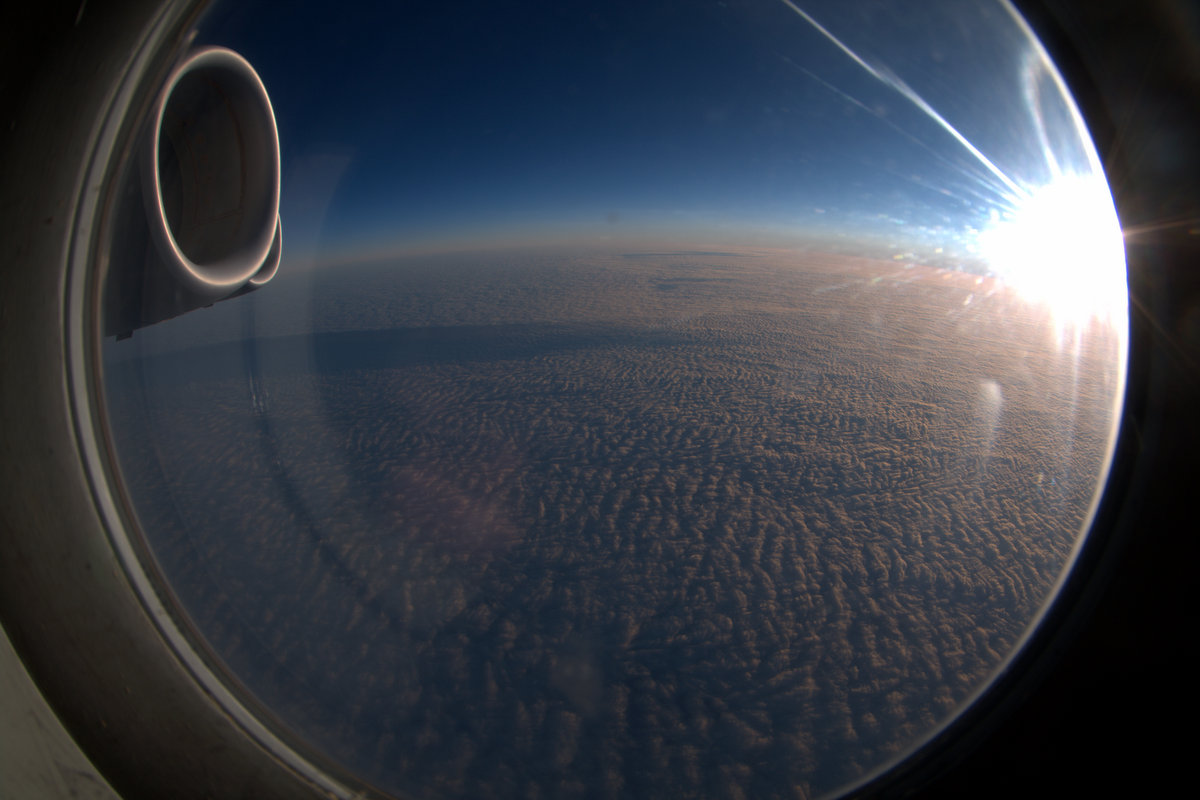 |
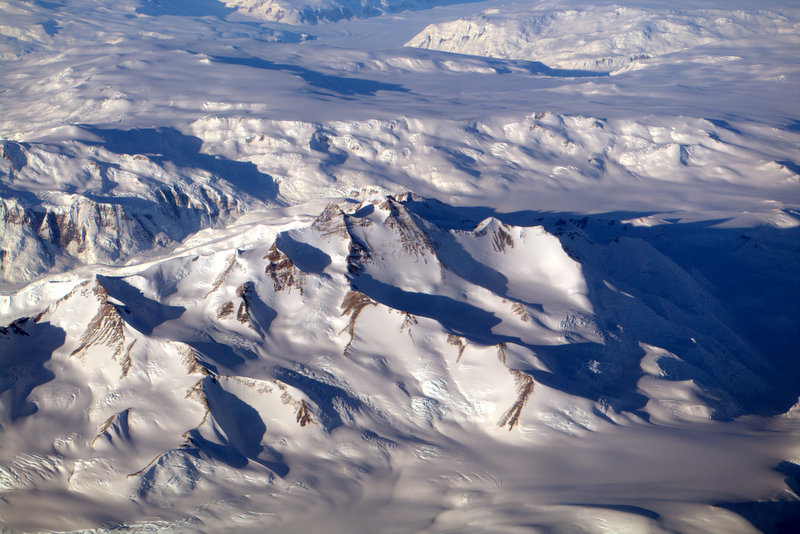 |
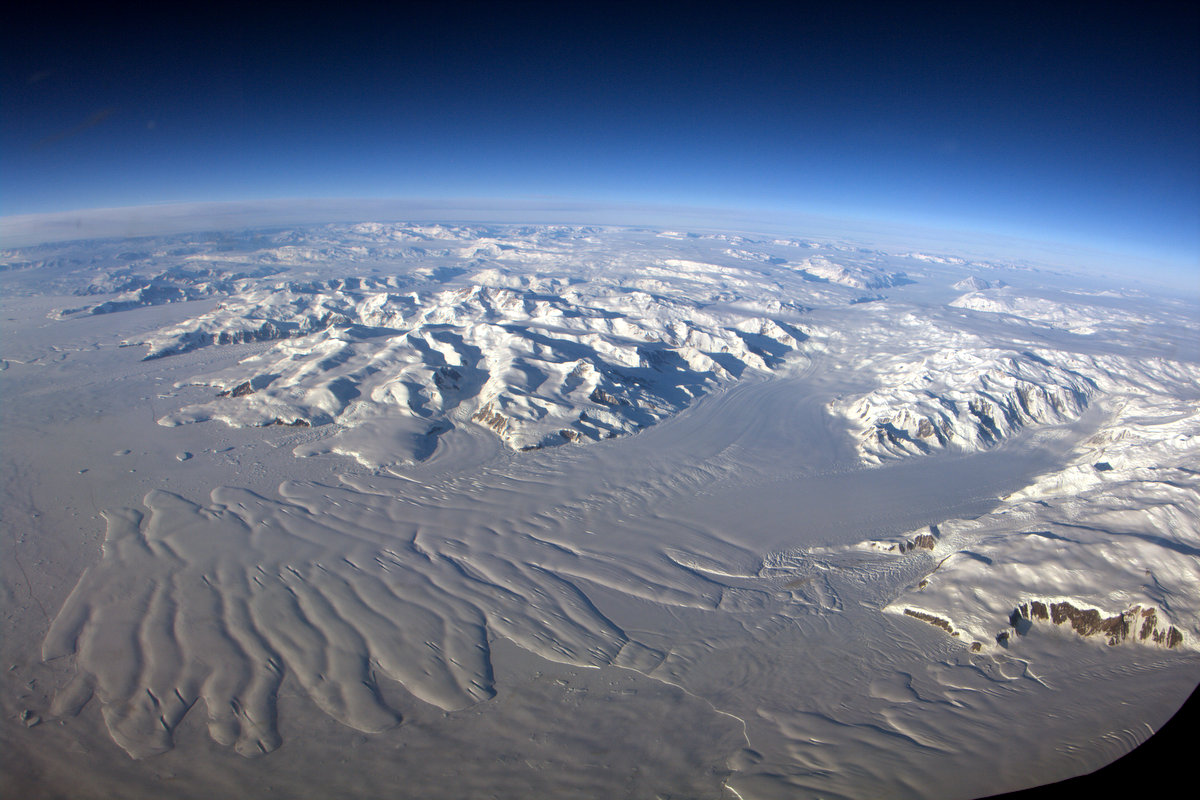 |
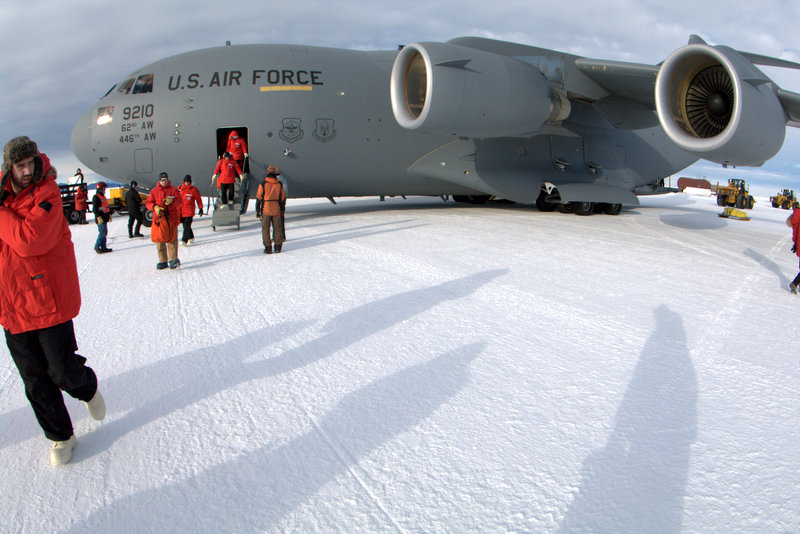 |
Above: Images of Earth during solstices and equinoxes showing the distribution of sunlight during Austral summer in upper left (from NASA Earth Observatory). Uncomfortable seating in slings along the side of the C-17. Flying into 24-hour daylight in the Antarctic Circle. Two views of the Victoria Land Coast: Mount Murchison and the Fitzgerald and Icebreaker Glaciers and ice tongue north of Terra Nova Bay. Finally another arrival in Antarctica- stepping out of the C-17 onto the Pegasus runway.